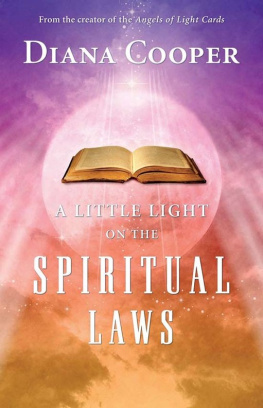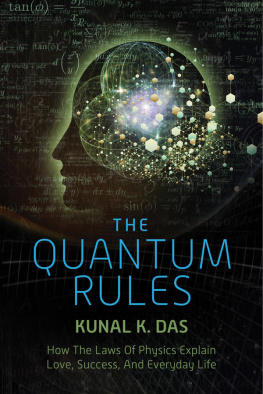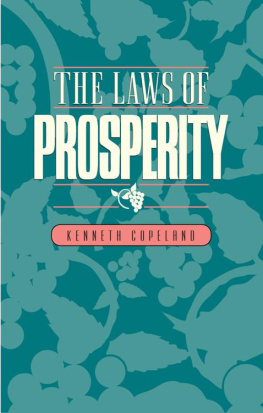Applying laws of physics to faster-than-light travel, psychic phenomena, telepathy, time travel, UFO's, and other pseudoscientific claims
MILTON A. ROTHMAN
A PHYSICIST'S GUIDE TO SKEPTICISM. Copyright 1988 by Milton A. Rothman. Printed in the United States of America. No part of this book may be used or reproduced in any manner whatsoever without written permission, except in the case of brief quotations embodied in critical articles and reviews. Inquiries should be addressed to Prometheus Books, 700 East Amherst Street, Buffalo, New York 14215.
Rothman, Milton A.
1. SciencePhilosophy. 2. Physics. 3. Reality. 4. Skepticism. I. Title.
INTRODUCTION
This book is philosophy of science as understood by an experimental physicist, written for the nonspecialist. It contains a minuscule amount of mathematics and no symbolic logic. Thus, it follows in the tradition of Percy Bridgman and Peter Medawar.1,2
The underlying theme of this book is: How do we trace the boundary between fantasy and reality? This question is not merely hypothetical; successful existence in the real world requires a good ability to define this boundary with some accuracy. Because illusions and hallucinations abound, rational man has been forced to create a system of elaborate mechanisms and methods which aid in recognizing reality and separating it from the world of fantasy. These methods make up the system of knowledge called science. Thinking outside of science's domain invariably involves a large measure of fantasy. Disciplines that do not incorporate reality-testing into their methods are non-sciences.
The philosopher Mario Bunge has defined a number of criteria that must be met by a science to distinguish it from non-science.3,4 I will paraphrase some of these criteria:
1. A science deals with real entities in space and time.
2. A science has a philosophic outlook according to which the real world consists of lawfully changing concrete things (as opposed to unchanging, lawless, ghostly things) described by a realistic theory of knowledge rather than an idealistic theory. (By an idealistic theory we mean a theory in which ultimate reality consists of the immediate perceptions of our minds and the world outside the mind is nothing but inference. A realistic theory reverses this position, holding that real things are out there in the world and that we infer their nature on the basis of signals collected by our brains.)
3. The contents of a science change over time as a result of the accretion of new knowledge. This knowledge (as opposed to eternal verities handed down by higher authority) is acquired through research. The regular increase in validated knowledge is one of the most reliable measures of a science.
4. The members of the scientific community are specially trained, communicate information among themselves, and carry on a tradition of free inquiry.
5. Theories in science are logical or mathematical (as opposed to theories that are empty or formal).
6. A science has a fund of knowledge consisting of up-to-date and testable theories (which may or may not be final), hypotheses, and experimental data.
7.The aims of a science include the systematizing of data and hypotheses into theories and laws, followed by the use of these laws to make specific predictions about the workings of natural systems and man-made devices.
The ability of a science to make specific predictions is central to our confidence in its validity. If a system of theories cannot make predictions about observable events, then there is no reason to believe in it and it is not a science.
The first two criteria for a science given above explicitly imply the principle of reductionism. Reductionism is the philosophical position that the structure and behavior of all objects (including living things) can be reduced to the laws governing the behavior of the fundamental particles out of which everything is built. However, we are far from being able to make specific predictions about the behavior of living things starting with the known laws governing the motion of electrons and protons, because structures involved are simply too complicated. Reductionism, when applied to the biological sciences, raises so many difficulties that a number of scientists doubt its validity. But either the laws of physics apply to living things or there are special laws, forces, or forms of energy that act only within living beings. Those who assert the existence of special forces attempt thereby to introduce vitalism and other religious concepts into scientific philosophy; those who deny them maintain science on a strictly materialistic level, in accordance with the criteria above.
The opponents of reductionism base their arguments upon the fact that we are unable to show how the laws of physics explain the assemblage of fundamental particles into living organisms. Therefore, they argue, other laws that apply specifically to those living systems must be used.
In this book I will show that our thinking about the laws of nature can be simplified by dividing these laws into two major classes laws of permission and laws of denial:
1. Laws of permission are those that enable us to predict what things are likely to happen to a system under a given set of circumstances. In classical mechanics, Newton's second law of motion and Hamilton's equations are representative of such laws. In quantum mechanics, the Schroedinger and Dirac equations are among the many recipes for predicting the fate of a system.
2. Laws of denial are rules that tell us what cannot happen to a system of objects. Such laws are known to physicists as "symmetry principles": space symmetry, time symmetry, and Lorentz symmetry are the most prominent among them. They are alternative, abstract ways of stating the classic laws more familiarly known as conservation of momentum, conservation of energy, and the principle of relativity. All events that take place in the universe must obey these laws; that is, they must follow these symmetries, which very precisely separate the class of events that may happen from that that is forbidden. Hence the appellation "laws of denial."
As we will see in Chapter 5, predictions made from the laws of permission may often be quite imprecise. Some systemseven very simple onesmay be so chaotic that predictions of their motion are completely impossible. On the other hand, predictions made with the laws of denial are always exceedingly precise and unequivocal. They put strict limits on what is allowed to happen. They permit us to use the word impossible with great confidence, in spite of protests from those who would like to believe that "anything is possible."
In this book I survey the reasons for believing that the laws of denial describe nature to a very high degree of precision and explore the manner in which these laws define the boundary between the possible and the impossible, between fantasy and reality. It will become apparent that even science requires the use of some fantasy, so that even under the best of circumstances there is some uncertainty as to what is fantasy and what is reality. But we will also see that the aim of science is to reduce this uncertainty to a minimum.
Understanding the laws of denial gives a logical basis for skepticism. Pseudosciences make claims of extrasensory perception, psychic energy, poltergeists, unidentified flying objects, and other exotic phenomena. It requires the knowledge of only one basic principle of science, namely, the law of conservation of energy, to justify a position of extreme skepticism toward these claims. Conservation of energy, as we shall see in Chapter 4, is experimentally verified to a degree of precision that makes it one of the most firmly grounded and solid pieces of knowledge in history. With such a permanent bit of knowledge in hand, we can justify our skepticism toward claims for phenomena that purport to do what in reality cannot be done.

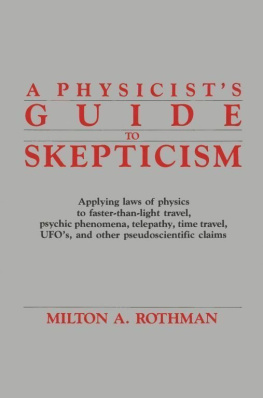

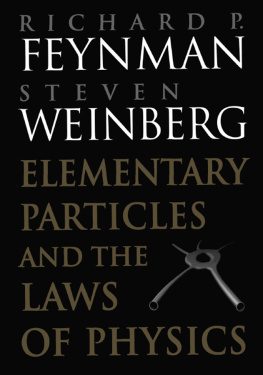
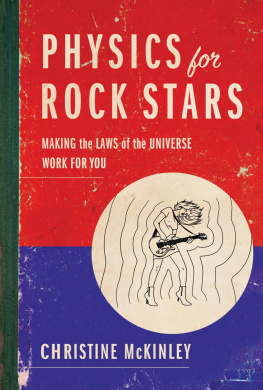


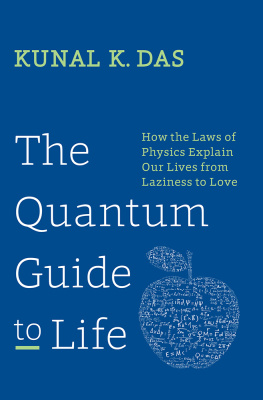
![Oldroyd Jennifer - Applying the 7 laws of spiritual success: [workbook]](/uploads/posts/book/136775/thumbs/oldroyd-jennifer-applying-the-7-laws-of-spiritual.jpg)
